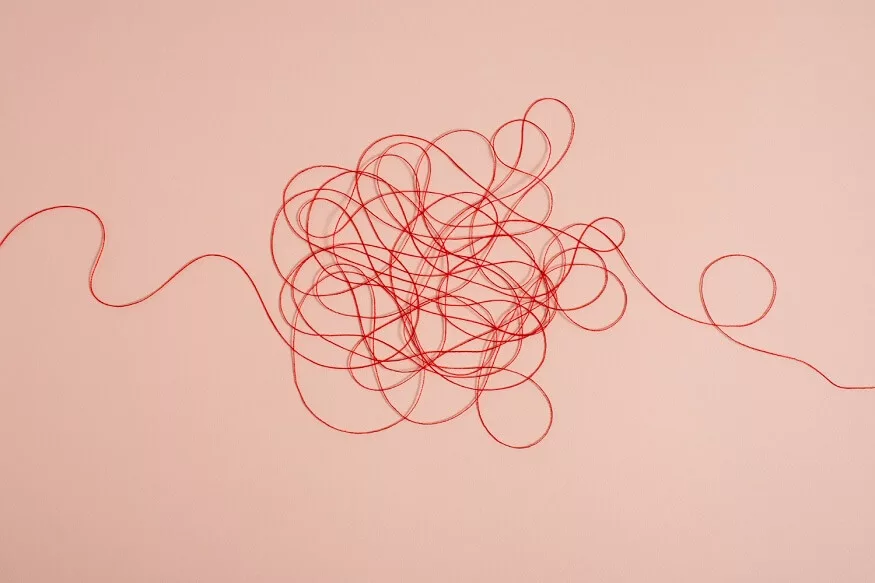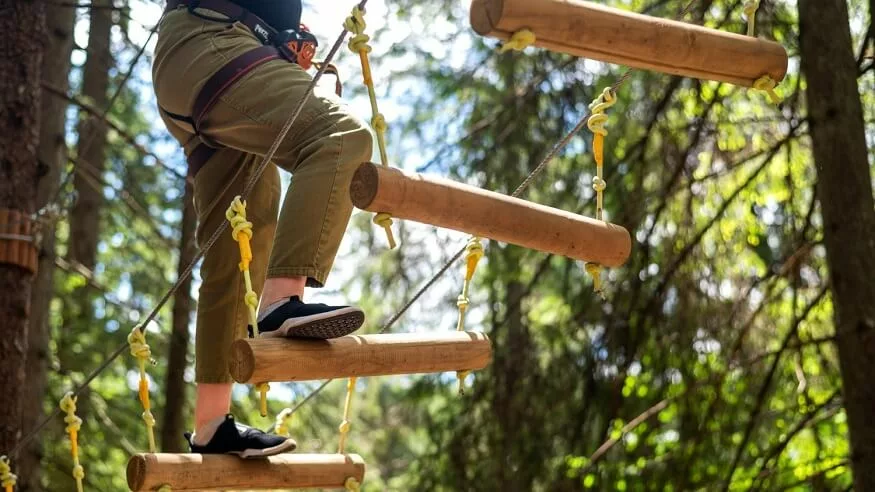Art is a magical realm that invites children to explore their creativity and express themselves in unique ways. String art, a fascinating and tactile craft, provides an excellent avenue for preschoolers to engage in hands-on artistic exploration. In this article, we’ll embark on a delightful journey into the world of string art for preschoolers, exploring designs, patterns, and ideas that are not only visually appealing but also enhance fine motor skills and creativity. So, let’s dive into the joyous process of creating string art with string and cardboard.
Understanding String Art for Preschoolers
String art is a craft that involves creating intricate designs by wrapping and intertwining colourful threads or yarn around a fixed base. While traditionally done on wooden boards, we’ll explore a preschool-friendly version using cardboard as the base. This modification ensures a safe and age-appropriate activity for little ones.
Materials Needed for String Art with Cardboard:
- Cardboard:
The base for your string art. You can use cardboard from old boxes or cut-out shapes from larger pieces.
- Pins or Tacks:
To secure the string to the cardboard. Ensure they have a flat head for easy wrapping.
- String or Yarn:
Choose an assortment of colours to add vibrancy to the artwork. Yarn is generally easier for little hands to work with.
- Scissors:
For cutting the string or yarn to the desired length.
- Markers or Paints:
Optional for decorating the cardboard base before starting the string art.
Also Read: Waste Material Project Ideas for Kids in Classes 7-8
String Art Designs for Preschoolers
1. Basic Shapes
Start with simple shapes like circles, squares, triangles, or hearts. These designs offer an excellent introduction to string art for preschoolers, allowing them to practice wrapping the string around the pins to create defined shapes.
2. Animal Silhouettes
Choose animal shapes like butterflies, fish, or birds. Outline the silhouette on the cardboard and let preschoolers wrap the string around the pins, enhancing their fine motor skills while creating charming animal string art.
3. Letter and Number String Art
Introduce educational elements by creating string art that features letters or numbers. This not only reinforces early learning but also adds a personalised touch to the artwork.
4. Nature-Inspired Designs
Explore string art designs inspired by nature, such as flowers, trees, or the sun. These designs allow preschoolers to experiment with different colours and patterns, fostering their imagination.
5. Rainbow String Art
Create a vibrant rainbow by wrapping different colours of string around a curved design. This not only introduces the concept of colour blending but also results in a visually appealing piece of art.
Step-by-Step Guide to Creating String Art with Cardboard
- Prepare the Cardboard Base:
Cut out the desired shape from the cardboard or use a whole piece as the canvas. If using the entire cardboard, consider painting or decorating it beforehand to add an extra layer of creativity to the project.
- Mark the Points for Pins:
Outline the design on the cardboard and mark the points where you’ll insert the pins. Ensure these points are evenly spaced for a balanced and visually appealing string art.
- Insert the Pins:
Carefully insert the pins or tacks into the marked points on the cardboard. Ensure the pins are firmly secured, leaving enough space above the cardboard for wrapping the string.
- Select the String or Yarn:
Choose the colours of string or yarn you want to use for your design. Cut the string into manageable lengths for preschoolers to work with, and tie one end around a pin to secure it.
- Start Wrapping:
Demonstrate how to wrap the string around the pins, encouraging preschoolers to follow the outline of the design. Experiment with different patterns, such as crisscrossing or spirals, to add variety.
- Tie and Secure the Ends:
Once the design is complete, tie the loose end of the string around a pin to secure it. You can also add a dab of glue to ensure the string stays in place.
- Add Decorative Elements (Optional):
If desired, enhance the string art by adding decorative elements. Preschoolers can glue on sequins, buttons, or small shapes to embellish their creations.
- Display and Celebrate:
Celebrate the artistic accomplishments by displaying the string art. Whether on a bulletin board, a wall, or as a hanging decoration, showcasing the artwork reinforces a sense of pride and achievement.
Also Read: Fun Ocean Activities And Experiment for Children To Learn And Enjoy
Benefits of String Art for Preschoolers:
- Fine Motor Skills Development:
The process of wrapping string around the pins enhances fine motor skills, aiding in the development of hand strength and coordination.
- Creativity and Expression:
String art provides a platform for preschoolers to express their creativity and imagination. The choice of colours and patterns allows for endless possibilities.
- Spatial Awareness:
Creating string art involves navigating space and understanding how the strings interact with each other and the pins. This spatial awareness is beneficial for cognitive development.
- Colour Recognition:
Exploring different colours of string or yarn encourages colour recognition and introduces concepts of blending and contrast.
- Patience and Focus:
String art requires a degree of patience and focus as preschoolers follow the design, wrap the string around the pins, and see their creations come to life.
- Sense of Accomplishment:
Completing a string art project instils a sense of accomplishment in preschoolers, boosting their confidence and self-esteem.
String Art Tips for Preschoolers
- Supervise and Assist:
While string art is a fantastic independent activity, preschoolers may need assistance with tying knots or securing the ends. Supervise the process to ensure safety and provide guidance when needed.
- Use Kid-Friendly Materials:
Opt for child-friendly pins or tacks with flat heads to reduce the risk of injury. Similarly, choose soft and manageable string or yarn that is easy for little hands to work with.
- Encourage Experimentation:
String art is all about creativity, so encourage preschoolers to experiment with different colours, patterns, and wrapping techniques. There are no strict rules – let their imagination run wild!
- Incorporate Storytelling:
Turn string art into a storytelling activity by asking preschoolers to share the story behind their creations. This not only enhances language skills but also adds a personal touch to the artwork.
- Celebrate the Process:
Focus on the process rather than the end result. Celebrate the creativity, effort, and unique approach each preschooler brings to their string art project.
Also Read: The Benefits of Art Therapy for Children with Anxiety
String art for preschoolers transforms a simple cardboard canvas into a symphony of colour and creativity. This hands-on craft not only engages young minds in artistic expression but also contributes to their overall development. Through the exploration of shapes, patterns, and colours, EuroSchool embarks on a journey of discovery of preschoolers, enhancing their fine motor skills, spatial awareness, and sense of accomplishment.











